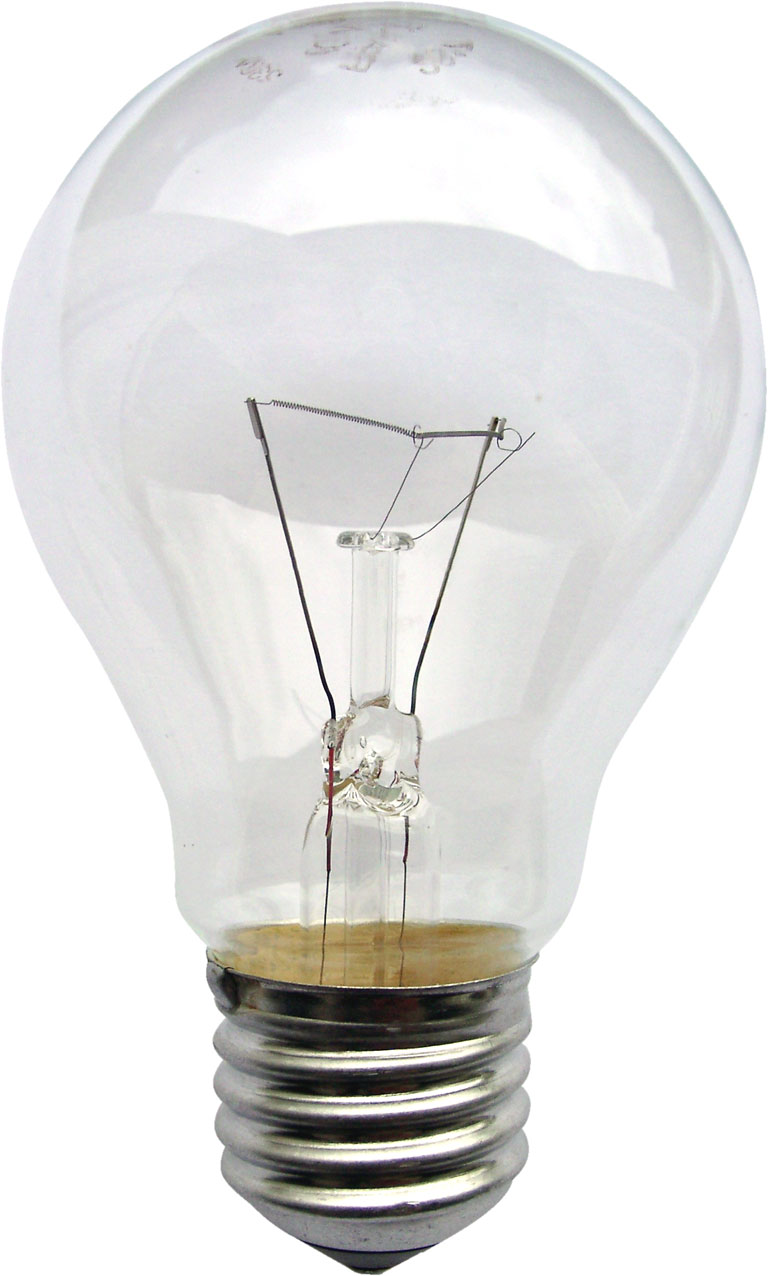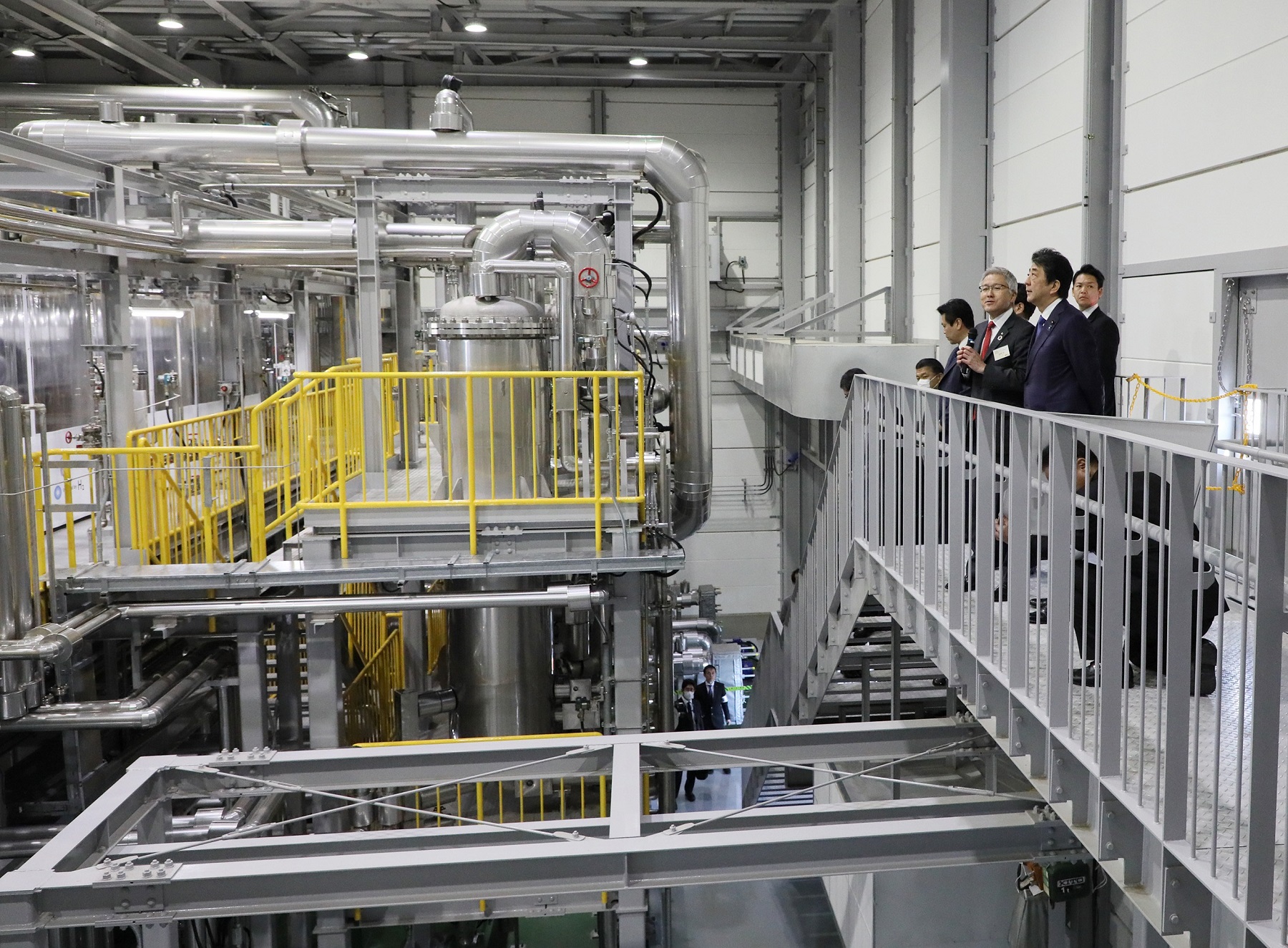|
H-Prize
The H-Prize program is a series of inducement prize contest, inducement prizes intended to encourage research into the use of hydrogen as an energy carrier in a hydrogen economy. The program is sponsored by the United States Department of Energy and administered by the Hydrogen Education Foundation. In 2014, an H-Prize competition was launched to develop a small-scale hydrogen generation and refueling station for hydrogen fuel cell electric vehicles. The prize, named the H2 Refuel H-Prize and worth $1 million, was awarded in January 2017, to the consortium "SimpleFuel". Creation Legislation for the prize, introduced by Rep. Bob Inglis, passed the United States House of Representatives in May 2006 as , but did not receive a vote in the United States Senate. After being reintroduced by Rep. Dan Lipinski at the beginning of a new term in January 2007, it was eventually folded into the Energy Independence and Security Act of 2007, which passed both the House of Representatives and the S ... [...More Info...] [...Related Items...] OR: [Wikipedia] [Google] [Baidu] |
Inducement Prize Contest
An inducement prize contest (IPC) is a competition that awards a cash prize for the accomplishment of a feat, usually of engineering. IPCs are typically designed to extend the limits of human ability. Some of the most famous IPCs include the Longitude prize (1714–1765), the Orteig Prize (1919–1927) and the prizes from the X Prize Foundation. IPCs are distinct from recognition prizes, such as the Nobel Prize, in that IPCs have prospectively defined criteria for what feat is to be achieved for winning the prize, while recognition prizes may be based on the beneficial effects of the feat. History Throughout history, there have been instances where IPCs were successfully utilized to push the boundaries of what would have been considered state-of-the-art at the time. The Longitude Prize was a reward offered by the British government for a simple and practical method for the precise determination of a ship's longitude. The prize, established through an Act of Parliament (the Long ... [...More Info...] [...Related Items...] OR: [Wikipedia] [Google] [Baidu] |
Energy Independence And Security Act Of 2007
The Energy Independence and Security Act of 2007Pub.L. 110-140, originally named the Clean Energy Act of 2007, is an Act of Congress concerning the energy policy of the United States. As part of the Democratic Party's 100-Hour Plan during the 110th Congress, it was introduced in the United States House of Representatives by Representative Nick Rahall of West Virginia, along with 198 cosponsors. Even though Rahall was 1 of only 4 Democrats to oppose the final bill, it passed in the House without amendment in January 2007. When the Act was introduced in the Senate in June 2007, it was combined with Senate Bill S. 1419: ''Renewable Fuels, Consumer Protection, and Energy Efficiency Act of 2007''. This amended version passed the Senate on June 21, 2007. After further amendments and negotiation between the House and Senate, a revised bill passed both houses on December 18, 2007 and President Bush, a Republican, signed it into law on December 19, 2007, in response to his "Twenty i ... [...More Info...] [...Related Items...] OR: [Wikipedia] [Google] [Baidu] |
Energy Carrier
An energy carrier is a substance (fuel) or sometimes a phenomenon (energy system) that contains energy that can be later converted to other forms such as mechanical work or heat or to operate chemical or physical processes. Such carriers include springs, electrical batteries, capacitors, pressurized air, dammed water, hydrogen, petroleum, coal, wood, and natural gas. An energy carrier does not produce energy; it simply contains energy imbued by another system. Definition according to ISO 13600 According to ISO 13600, an energy carrier is either a substance or a phenomenon that can be used to produce mechanical work or heat or to operate chemical or physical processes. It is any system or substance that contains energy for conversion as usable energy later or somewhere else. This could be converted for use in, for example, an appliance or vehicle. Such carriers include springs, electrical batteries, capacitors, pressurized air, dammed water, hydrogen, petroleum, coal, woo ... [...More Info...] [...Related Items...] OR: [Wikipedia] [Google] [Baidu] |
Appropriation Bill
An appropriation, also known as supply bill or spending bill, is a proposed law that authorizes the expenditure of government funds. It is a bill that sets money aside for specific spending. In some democracies, approval of the legislature is necessary for the government to spend money. In a Westminster parliamentary system, the defeat of an appropriation bill in a parliamentary vote generally necessitates either the resignation of a government or the calling of a general election. One of the more famous examples of the defeat of a supply bill was the 1975 Australian constitutional crisis, when the Senate, which was controlled by the opposition, refused to approve a package of appropriation and loan bills, prompting Governor-General Sir John Kerr to dismiss Prime Minister Gough Whitlam and appoint Malcolm Fraser as caretaker Prime Minister until the next election (where the Fraser government was elected). By country India An appropriation bill is a bill that authorizes the go ... [...More Info...] [...Related Items...] OR: [Wikipedia] [Google] [Baidu] |
Invention Awards
An invention is a unique or novel device, method, composition, idea or process. An invention may be an improvement upon a machine, product, or process for increasing efficiency or lowering cost. It may also be an entirely new concept. If an idea is unique enough either as a stand alone invention or as a significant improvement over the work of others, it can be patented. A patent, if granted, gives the inventor a proprietary interest in the patent over a specific period of time, which can be licensed for financial gain. An inventor creates or discovers an invention. The word ''inventor'' comes from the Latin verb ''invenire'', ''invent-'', to find. Although inventing is closely associated with science and engineering, inventors are not necessarily engineers or scientists. Due to advances in artificial intelligence, the term "inventor" no longer exclusively applies to an occupation (see human computers). Some inventions can be patented. The system of patents was established ... [...More Info...] [...Related Items...] OR: [Wikipedia] [Google] [Baidu] |
United States Federal Energy Legislation
United may refer to: Places * United, Pennsylvania, an unincorporated community * United, West Virginia, an unincorporated community Arts and entertainment Films * ''United'' (2003 film), a Norwegian film * ''United'' (2011 film), a BBC Two film Literature * ''United!'' (novel), a 1973 children's novel by Michael Hardcastle Music * United (band), Japanese thrash metal band formed in 1981 Albums * ''United'' (Commodores album), 1986 * ''United'' (Dream Evil album), 2006 * ''United'' (Marvin Gaye and Tammi Terrell album), 1967 * ''United'' (Marian Gold album), 1996 * ''United'' (Phoenix album), 2000 * ''United'' (Woody Shaw album), 1981 Songs * "United" (Judas Priest song), 1980 * "United" (Prince Ital Joe and Marky Mark song), 1994 * "United" (Robbie Williams song), 2000 * "United", a song by Danish duo Nik & Jay featuring Lisa Rowe Television * ''United'' (TV series), a 1990 BBC Two documentary series * ''United!'', a soap opera that aired on BBC One from 1965-19 ... [...More Info...] [...Related Items...] OR: [Wikipedia] [Google] [Baidu] |
Hydrogen Fuel
Hydrogen fuel refers to hydrogen which is burned as fuel with oxygen. It is zero-carbon, provided that it is created in a process that does not involve carbon. It can be used in fuel cells or internal combustion engines (see HICEV). Regarding hydrogen vehicles, hydrogen has begun to be used in commercial fuel cell vehicles such as passenger cars, and has been used in fuel cell buses for many years. It is also used as a fuel for spacecraft propulsion and is being proposed for hydrogen-powered aircraft. Production Because pure hydrogen does not occur naturally on Earth in large quantities, it usually requires a primary energy input to be produced on an industrial scale. Hydrogen fuel can be produced from methane or by electrolysis of water. As of 2020, the majority of hydrogen (∼95%) is produced from fossil fuels by steam reforming or partial oxidation of methane and coal gasification with only a small quantity by other routes such as biomass gasification or electrolysis of water. ... [...More Info...] [...Related Items...] OR: [Wikipedia] [Google] [Baidu] |
Hydrogen Economy
The hydrogen economy is using hydrogen to decarbonize economic sectors which are hard to electrify, essentially, the "hard-to-abate" sectors such as cement, steel, long-haul transport etc. In order to phase out fossil fuels and limit climate change, hydrogen can be created from water using renewable sources such as wind and solar, and its combustion only releases water vapor to the atmosphere. Hydrogen is an energetic fuel, frequently used as rocket fuel, but numerous technical challenges prevent the creation of a large-scale hydrogen economy. These include the difficulty of developing long-term storage, pipelines and engine equipment; a relative lack of off-the-shelf engine technology that can currently run safely on hydrogen; safety concerns regarding the high reactivity of hydrogen fuel with oxygen in ambient air; the expense of producing it by electrolysis; and a lack of efficient photochemical water splitting technology. Hydrogen can also react in a fuel cell, which effic ... [...More Info...] [...Related Items...] OR: [Wikipedia] [Google] [Baidu] |
Hydrogen Storage
Hydrogen storage can be accomplished by several existing methods of holding hydrogen for later use. These include mechanical approaches such as using high pressures and low temperatures, or employing chemical compounds that release H2 upon demand. While large amounts of hydrogen are produced by various industries, it is mostly consumed at the site of production, notably for the synthesis of ammonia. For many years hydrogen has been stored as compressed gas or cryogenic liquid, and transported as such in cylinders, tubes, and cryogenic tanks for use in industry or as propellant in space programs. Interest in using hydrogen for on-board storage of energy in zero-emissions vehicles is motivating the development of new methods of storage, more adapted to this new application. The overarching challenge is the very low boiling point of H2: it boils around 20.268 K (−252.882 °C or −423.188 °F). Achieving such low temperatures requires expending significant energy. Es ... [...More Info...] [...Related Items...] OR: [Wikipedia] [Google] [Baidu] |
Office Of Energy Efficiency And Renewable Energy
The Office of Energy Efficiency and Renewable Energy (EERE) is an office within the United States Department of Energy. Formed from other energy agencies after the 1973 energy crisis, EERE is led by the Assistant Secretary of Energy Efficiency and Renewable Energy (Assistant Secretary), who is appointed by the President of the United States and confirmed by the U.S. Senate. Kelly Speakes-Backman was appointed Acting Assistant Secretary in January 2021. Mission EERE’s mission is to drive the research, development, demonstration, and deployment of innovative technologies, systems, and practices that will (1) help transition Americans to a 100% clean energy economy no later than 2050 and (2) ensure the clean energy economy benefits all Americans. History EERE has been established from several previous agencies within the United States Executive branch following the 1973 energy crisis. It has foundations in the former agencies Federal Energy Administration, the Energy Research ... [...More Info...] [...Related Items...] OR: [Wikipedia] [Google] [Baidu] |
South Carolina Research Authority
The South Carolina Research Authority (SCRA) was chartered in 1983 by the South Carolina General Assembly as a public, non-profit corporation, SCRA fosters South Carolina's Innovation Economy by supporting entrepreneurs, enabling academic research and its commercialization, and connecting industry to innovators. SCRA's entrepreneurial program, SC Launch is an economic development program that is intended to help early-stage companies to commercialize innovations and create jobs. SC Launch was recognized by ''Forbes'' as one of the leading state-based economic development programs in the US. In support its mission, SCRA builds and manages research facilities that include wet labs, secure rooms for sensitive work, and advanced, high-tech manufacturing shops. Leadership Bob Quinn is the executive director Executive director is commonly the title of the chief executive officer of a non-profit organization, government agency or international organization. The title is widel ... [...More Info...] [...Related Items...] OR: [Wikipedia] [Google] [Baidu] |
Hydrogen Education Foundation
Hydrogen is the chemical element with the symbol H and atomic number 1. Hydrogen is the lightest element. At standard conditions hydrogen is a gas of diatomic molecules having the formula . It is colorless, odorless, tasteless, non-toxic, and highly combustible. Hydrogen is the most abundant chemical substance in the universe, constituting roughly 75% of all normal matter.However, most of the universe's mass is not in the form of baryons or chemical elements. See dark matter and dark energy. Stars such as the Sun are mainly composed of hydrogen in the plasma state. Most of the hydrogen on Earth exists in molecular forms such as water and organic compounds. For the most common isotope of hydrogen (symbol 1H) each atom has one proton, one electron, and no neutrons. In the early universe, the formation of protons, the nuclei of hydrogen, occurred during the first second after the Big Bang. The emergence of neutral hydrogen atoms throughout the universe occurred about 370,000 yea ... [...More Info...] [...Related Items...] OR: [Wikipedia] [Google] [Baidu] |

.png)




